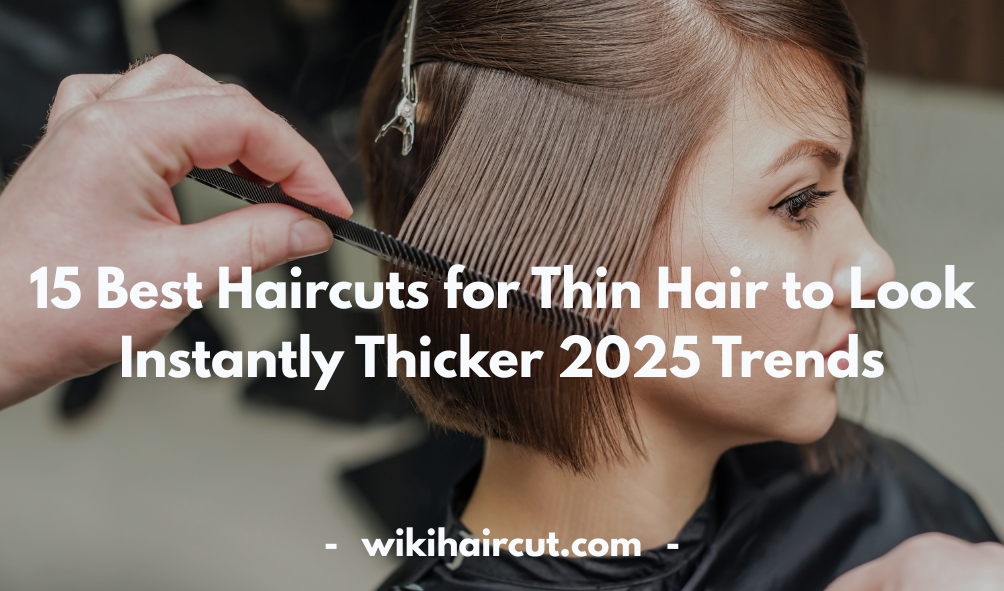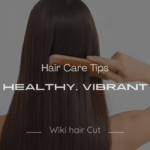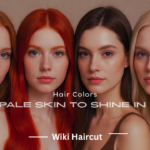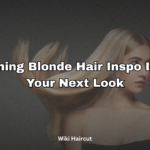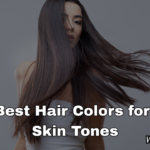If you’ve ever stared into the mirror and wished your thin hair looked fuller, you’re not alone. Many people struggle with fine or thin hair, but the good news is that the right haircut can work magic. In this guide, we’ll walk you through the best haircut for thin hair to look thicker—along with styling tips, color tricks, and haircare secrets to boost volume and confidence.
Textured Bob
The textured bob is hands-down one of the best go-to styles when you’re looking for a haircut for thin hair to look thicker. It’s a modern, chic option that brings volume, dimension, and bounce to even the flattest strands. The secret sauce? Layers. But not just any layers—soft, strategic layers that don’t remove bulk but add movement and structure to your hair.
This style works especially well when the ends are slightly choppy or feathered in a controlled way, creating a tousled, airy look that gives the illusion of a full head of hair. Unlike blunt bobs, the textured bob avoids looking too harsh, which is perfect if your hair tends to fall flat.
Styling Tip: Use a volumizing mousse and a round brush while blow-drying to lift your roots and define the layers. Finish with a texturizing spray to enhance the “lived-in” look.
Best For: Oval, heart, or round face shapes and anyone with straight to wavy hair types. If you’re tired of limp locks, this is a low-maintenance game changer.
Pixie Cut with Layers
A pixie cut with layers is a bold, confident choice for thin hair—and it seriously pays off in volume and style. While some fear going super short with fine or thin hair, this short haircut for thin hair to look thicker can be surprisingly flattering. Why? Because it allows hair to lift naturally at the crown, drawing attention to your face and making hair appear fuller around the scalp where volume matters most.
The layered pixie gives structure and texture, making even the thinnest strands seem thicker. The crown area is often stacked or layered to provide height, while side-swept bangs or short fringe can add depth and softness.
Styling Tip: A bit of pomade or wax can work wonders here. Rub a tiny amount between your fingers and work it through the roots and ends to add texture and definition.
Best For: People with fine or thinning hair who want a low-maintenance but fashion-forward style. Great for square or oval faces, especially if you like highlighting your cheekbones.
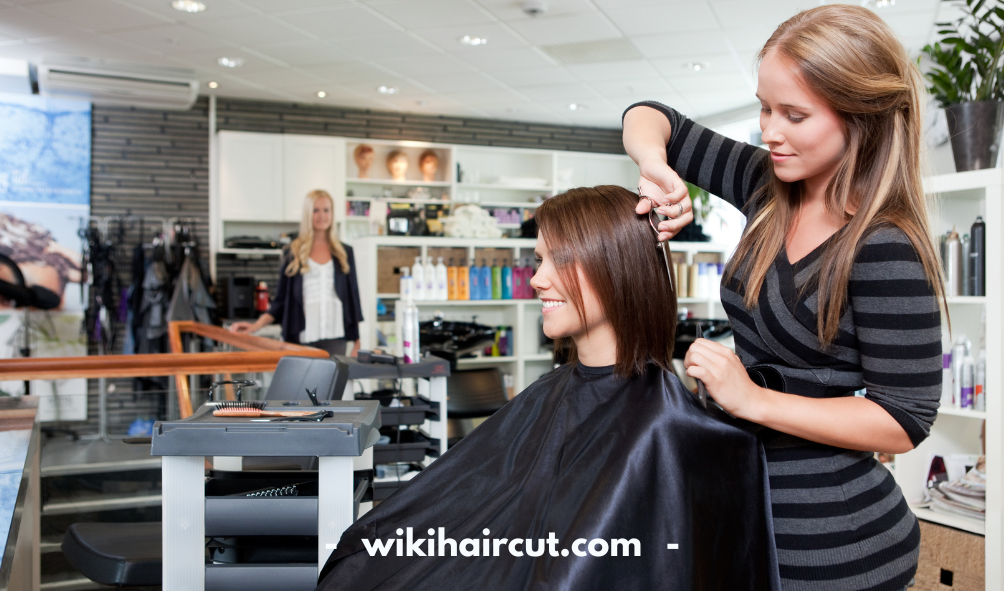
Blunt Cut for Short Hair
If you’re after the illusion of thicker hair without layers, the blunt cut for short hair is your new best friend. It’s one of the most effective haircuts for short thin hair to look thicker. This style keeps ends full and even, which instantly makes your hair appear denser and healthier.
The blunt cut typically stops at the chin or collarbone, giving the hair a solid perimeter. Without tapering or texturing, the hair doesn’t thin out toward the bottom. This creates a compact, voluminous shape that gives your hair weight and density, especially when straightened or sleek-styled.
Styling Tip: To enhance the sharp lines of this cut, use a flat iron and apply a shine serum to get that clean, glass-hair finish. Or flip the ends inward for a retro, voluminous bounce.
Best For: Straight or slightly wavy hair types. It’s ideal for round or heart-shaped faces, as it can elongate the neck and jawline while thickening the overall look.
Shoulder-Length Lob (Long Bob)
The lob—or long bob—is a classic haircut for thin hair to look thicker and for good reason. It strikes the perfect balance: not too short to limit styling options, but not so long that hair starts to look stringy or weighed down.
The key to a perfect lob lies in subtle layering, especially around the face. These layers add shape without removing density. The length rests right at or just above the shoulders, which is the sweet spot for making hair bounce naturally at the ends. It gives movement, body, and makes your hair look full without being too dramatic.
A lob can be worn sleek and polished or wavy and tousled—both styles work wonderfully to boost the illusion of thickness.
Styling Tip: Loose curls with a curling wand can double your volume instantly. Don’t forget a texturizing spray to lock in the waves and boost fullness.
Best For: Just about everyone! Works great on straight, wavy, or even curly hair. It’s especially flattering for long or oval faces.
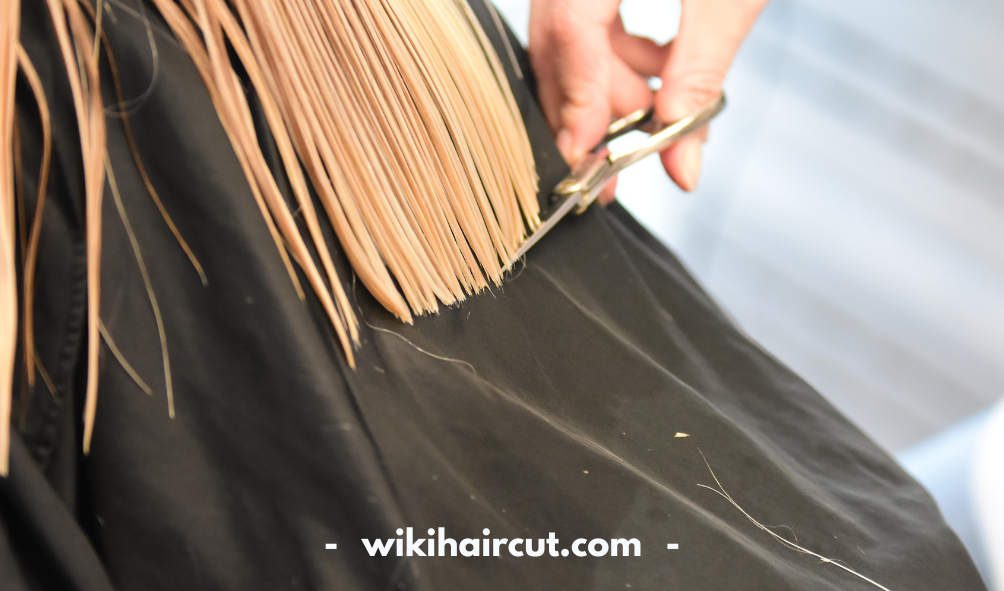
Feathered Shag Cut
Enter the feathered shag cut—the rockstar of haircuts that adds major personality and the illusion of volume. This cut thrives on piece-y, soft layers that are feathered to perfection. The magic is in the way it adds height at the crown and fullness through the body, giving movement and texture all over.
For those with thin hair, this haircut breathes life into limp strands. The feathery ends don’t weigh down the hair, and the layered sections build dimension and airiness. Bonus? It works wonders with a bit of wave or curl, making it a very versatile style for multiple hair types.
Styling Tip: Blow-dry with a round brush or diffuser, focusing on lifting the roots. A dry texture spray will add hold and a bit of grit to amplify that effortless, edgy vibe.
Best For: Ideal for those who love a vintage or rocker-chic style. Great for oval and round faces, and works with fine, straight, or slightly wavy hair.
Underlayers and Hidden Volume
Hidden layers underneath the top layers of hair can push the outer strands up, giving you more volume without sacrificing surface thickness.
Blunt Ends
Clean-cut, straight-across ends make your hair appear thicker. If you want the illusion of more hair, ditch the wispy tips and go for a bold, blunt finish.
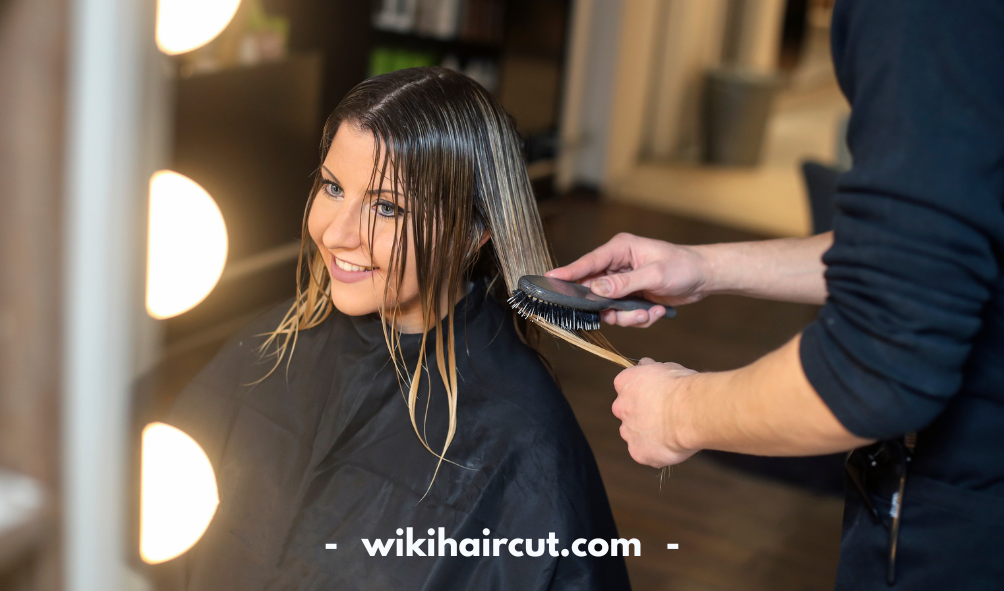
V-Cut with Volume
This haircut forms a subtle V shape at the back, giving your long hair more structure and shape. It helps lift the layers and adds natural bounce—perfect for volume without sacrificing length.
Curtain Bangs with Length
Curtain bangs are a fun, flirty way to frame the face and bring focus to your eyes. On long hair, they help break up flatness and offer instant volume at the front.
Soft Long Layers
Keep layers light and few. Too many layers will remove volume, but soft, minimal layering adds shape without thinning your ends. Curling or waving the layers gives extra depth.
Feathered Shag Cut
The shag is having a major comeback—and it’s great for adding volume at the top and texture throughout. When styled with loose curls or waves, the shag boosts the appearance of thickness dramatically.
The Power of Layers
Not all layers are created equal. While excessive layering can thin out your look, carefully crafted layers—especially around the face—can add movement and shape. Light layers around the crown create the illusion of lift and depth, making your hair seem fuller.
Importance of Ends and Shape
Blunt ends are your best friend. They make your hair appear denser because they cut across the strands in a straight line, creating a fuller edge. Avoid feathered or overly textured ends—they emphasize gaps and take away volume.
How to Identify Your Hair Type
Wondering which category you fall into? Here’s a simple trick: tie your hair into a ponytail. If it’s about the width of a pencil, you likely have thin hair. If a single strand is hard to see or feel, it’s probably fine. Knowing this helps your stylist recommend the perfect haircut for thin hair to look thicker.
Difference Between Thin Hair and Fine Hair
It’s a common mix-up: thin and fine hair aren’t the same. Fine hair refers to the diameter of each strand—it’s physically smaller and more delicate. Thin hair, on the other hand, means you don’t have a lot of hair strands on your head. You can have fine, thick hair or coarse, thin hair. Understanding this helps determine the right haircut approach.
What the Right Cut Can Do for Volume
The right haircut works with your hair texture, not against it. Think of it like scaffolding for your strands—adding structure, bounce, and dimension. Blunt cuts, strategic short layers, and clean shapes help hair appear denser and more voluminous. The illusion of thickness often starts at the scissors.
How the Wrong Cut Can Make It Look Thinner
A bad haircut can actually highlight the lack of volume. For example, overly layered hair or extreme tapering at the ends can make thin hair look stringy and transparent. Razor cuts and heavy feathering often do more harm than good, especially if your strands are already fine. These styles remove bulk, and that’s the last thing thin hair needs.
Avoiding Breakage
Thin hair is delicate. Avoid vigorous towel drying, tight hairstyles, and over-brushing. Opt for microfiber towels and air drying when possible.
Scalp Health
A healthy scalp grows stronger, fuller hair. Use gentle, sulfate-free shampoos and exfoliating scalp scrubs to remove buildup and boost circulation.
Proper Conditioning
Choose lightweight conditioners that hydrate without weighing down your hair. Focus on the mid-lengths and ends, avoiding the roots.
Gloss and Shine for Depth
Healthy, shiny hair looks thicker. Gloss treatments and shine sprays add light reflection, which gives the illusion of more volume.
Shadow Roots
Keeping your roots slightly darker than the ends creates depth at the scalp. It tricks the eye into thinking there’s more density at the base.
Teasing and Backcombing
Gently backcombing the crown can give instant volume. Just remember to be gentle and always brush out the teasing carefully to avoid breakage.
Conclusion
If you’ve been struggling with thin hair that looks flat or lifeless, the right haircut can truly transform everything. Whether you go bold with a pixie cut, stay modern with a textured bob, or opt for timeless elegance with a shoulder-length lob, the goal is the same: create the illusion of thicker, fuller hair.
Strategic cuts like blunt ends, soft layers, and feathered shapes build volume, boost movement, and enhance your natural texture. Combine your haircut with smart styling techniques and volumizing products, and you’ll see just how powerful a tailored cut can be.
FAQs
1. What is the best haircut to make thin hair look thicker?
The textured bob and blunt cut are top choices for making thin hair look thicker. These cuts create fullness at the ends and add movement through layers without sacrificing volume.
2. Can short hair really make thin hair look fuller?
Yes! Short haircuts like the pixie cut or short blunt bob remove excess weight and allow hair to naturally lift at the roots, creating the appearance of denser, thicker strands.
3. Should I avoid layers if I have thin hair?
Not necessarily. Layers can be beneficial if done correctly. Subtle, face-framing layers or hidden underlayers can add body without making ends look wispy or thin.
4. How often should I trim thin hair to keep it looking healthy?
Aim to trim every 6 to 8 weeks. Thin hair is more prone to split ends, and regular trims keep the shape fresh and the ends looking full and healthy.
5. Are there any styling products that help thin hair appear thicker?
Absolutely! Look for volumizing mousses, root-lifting sprays, and texturizing powders. These products help create lift at the roots and enhance your cut’s natural volume without weighing the hair down.
